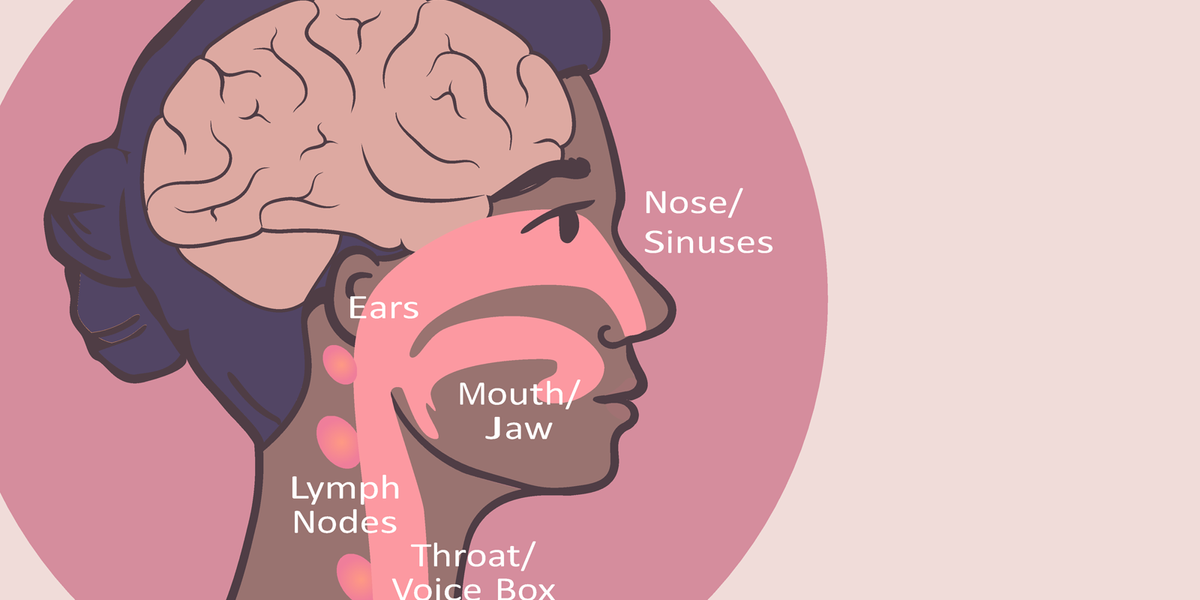To celebrate the International Day of the Midwife (May 5th), we spoke to midwives Danielle Laxdal and Tracey Novoselnik via speakerphone while they were on the road to a conference. We thank them for making time in their busy schedules to multitask for this interview.
What is the Manitoba Association of Midwives (MAM)?
MAM is the professional association for midwives in Manitoba. They support and promote the profession of midwifery in the province. http://midwivesofmanitoba.ca/
What’s the relationship to the College of Midwives of Manitoba (CMM)?
MAM promotes the profession; CMM regulates it. Midwives must register with CMM to legally practice in Manitoba. http://www.midwives.mb.ca/
How is midwifery unique in Manitoba?
In other provinces, midwives work in private practice groups. Manitoba midwives work in an employment model as employees of the Regional Health Authority. They don’t control the entire employment environment like private practice does. There’s more security but less autonomy. The employee model offers job security, consistent income, administrative support and record-keeping, supply management, and provides insurance.
What are some challenges for midwifery in Manitoba?
For many years, there’s been an overall lack of growth of midwifery. Other challenges include burnout and lack of understanding about what we do; midwives are a small voice in the overall maternity care system. Inconsistencies and changes in education and programs that provide or recognize midwifery credentials are another challenge.
Many people – including the public and other health professionals – aren’t aware of the scope of the midwife’s roles or abilities. Not everyone knows they provide care across the entire maternal health spectrum. For low risk pregnancy and birthing clients, midwives can cover the roles of the general practice doctor in early pregnancy, the obstetrician in later pregnancy and hospital births, the role of nurses while in hospital, and the roles of the public health nurse and pediatrician during pregnancy and up to 6 weeks after birth. Midwives are expert care providers for uncomplicated births, which most births are.
What misunderstandings about midwifery would you like to see corrected?
Some common misperceptions are:
- The mistaken idea that midwives are not professionally educated or trained.
- There’s some confusion between midwifery and doula care. While doulas provide important supports for pregnant people and birthing families, they aren’t medical professionals like midwives.
- The belief that midwives only attend out-of-hospital births (at home or the Birth Centre).
Here’s a great article challenging 6 common myths about midwifery in Canada:
http://babyrx.weebly.com/home/why-health-professionals-should-support-midwifery-care-in-canada
Who offers midwifery education in Manitoba?
The University College of the North and the University of Manitoba offer a joint 4-year degree program. Intake is currently happening; they will accept 12 students in 2015 and each year after that. Manitoba residents have priority for admission.
For more information: https://www.ucn.ca/sites/academics/facultyhealth/programofferings/midwifery/Pages/Midwifery.aspx
There are 7 other midwifery education programs in Canada:http://www.canadianmidwives.org/midwifery-education.html
Arctic College in Nunavut also offers a program:http://www.arcticcollege.ca/en/health-programs/item/4922-maternity-care
What about midwives trained in another country?
Midwives trained elsewhere can get their Manitoba credentials through CMM’s Internationally Educated Midwives (IEM) program. They need to live in Manitoba to qualify for the Manitoba IEM Assessment and Gap Training Process, a series of evaluations – including self-assessments, clinical and written assessments and exams – prior to registration. http://midwives.mb.ca/iep/
What do you think about the Birth Centre?
It rocks! We’re biased but we love the Birth Centre! Not just because it includes Women’s Health Clinic’s great programs and philosophies, it also offers amazing support for all aspects of midwifery care. We also appreciate the administrative and operational support. It’s important that we don’t have to worry about stocking supplies or preparing rooms; we know everything will be there and ready to go.
How many midwives does Manitoba need to meet the demand for service?
In the larger context of midwifery in Canada, the Birth Centre in Toronto has 90 midwives who together do almost 400 births each year. The numbers per midwife are the same in Manitoba; each one annually averages 30 births, but fewer are out of hospital. MB Health’s employee model mandates 50{c754d8f4a6af077a182a96e5a5e47e38ce50ff83c235579d09299c097124e52d} of the caseload across the region is with priority populations. Due to life circumstances or health conditions, hospital births are often appropriate choices for priority population clients.
What do you enjoy about being a midwife?
Danielle: I’ve always been fascinated by birth since I was a little girl. I saw a midwife in the movie Willow and I wanted to be that, so with every career planning exercise or aptitude test, midwife was always my choice.
Tracey: Embryology was the start of my fascination. I was completely awestruck by the process of three separate streams of cells could form one embryo. Beyond that was my own feminist philosophy – and midwifery fit into that perfectly – embracing and supporting women’s choice, creating a continuity of care. I thought that all types of health care should be doing this and why aren’t they?
Danielle: Midwifery has a philosophy around more natural or holistic health care. It makes me think, what are some of the basic things we need to change to flourish as a society in a sustainable way? Supporting healthy birth, because of all the ways your birth experience can impact things throughout your entire life.
What is your vision for the future of midwifery in Manitoba?
We could move toward a midwifery led maternity service, rather than only physician led. There’s room for both models. That’s a large part of growing midwifery care. Unfortunately, we don’t have the critical mass to make that a reality just yet.
We’d like to have a midwife available for all people giving birth so they have a voice and can choose the style of care they want and the types of births they have. As long as people are giving birth and ready to reclaim those experiences, midwifery will be around – I don’t think it’s going away.
Midwifery grew from a grassroots movement. We’ve gone away from that a bit and now we’re going back to it. We need voices. We need to hear from the families, we need other people to support it. The first clients to have midwifery care in Manitoba aren’t having babies anymore; we need new people to share their points of view and their passion and enthusiasm for midwifery care. We also need dedicated volunteers to support the movement for midwifery care for all families.
How can people help support and grow midwifery in Manitoba?
You can send a letter to your MLA, the provincial health minister, or the opposition health critic. http://midwivesofmanitoba.ca/growing/
The Manitoba Association of Midwives is starting a social media campaign and planning an event on May 5th, the International Day of the Midwife. Please stay tuned!
SOURCE: Women’s Health Clinic – Read entire story here.




